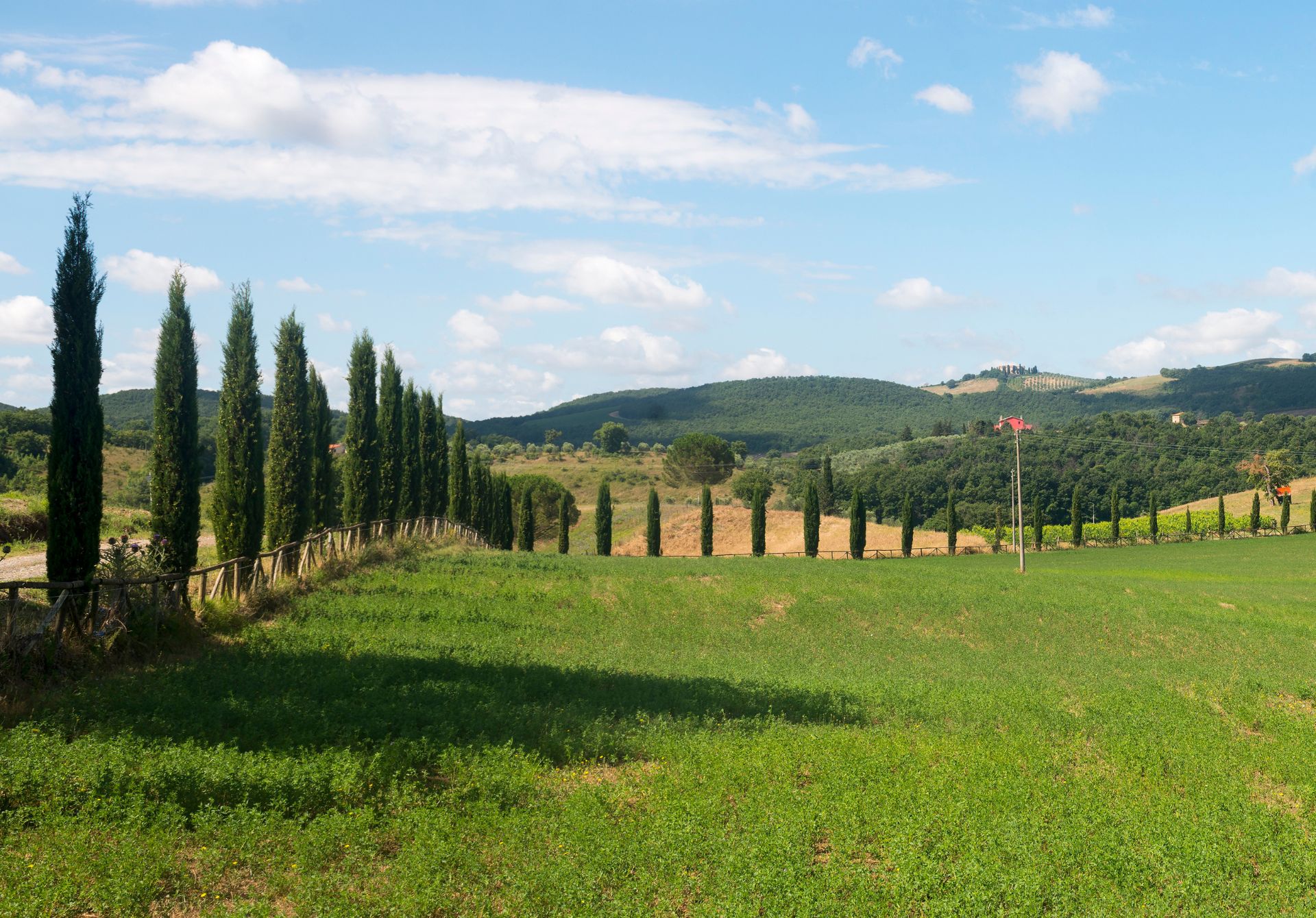Nestled in the southwestern part of Tuscany, Maremma represents a captivating landscape that defies the typical Italian pastoral image. This remarkable region is a tapestry of rugged coastlines, rolling hills, dense forests, and rich cultural heritage that has remained largely undiscovered by mainstream tourism.
Geographical Splendor: A Landscape of Diversity
Coastal Wonders
The Maremma coastline stretches approximately 160 kilometers, offering a breathtaking blend of golden beaches, rocky promontories, and pristine marine environments. The Maremma Natural Park, spanning over 9,000 hectares, protects an extraordinary ecosystem where Mediterranean scrub meets the Tyrrhenian Sea.
Inland Terrain: From Hills to Volcanic Landscapes
Unlike the manicured landscapes of central Tuscany, Maremma’s inland regions feature wild, undulating terrain. The area includes volcanic plateaus, particularly around Monte Amiata, a dormant volcano that rises to 1,738 meters and plays a crucial role in the region’s geological and cultural history.
Historical Significance: A Story of Transformation
From Marshlands to Agricultural Haven
Historically, Maremma was notorious for its malaria-infested marshlands, which remained largely uninhabitable until significant land reclamation efforts in the early 20th century. The Fascist government’s extensive drainage projects transformed these inhospitable terrains into productive agricultural lands, fundamentally altering the region’s socio-economic landscape.
Cultural Heritage
The region boasts a rich historical tapestry, with evidence of Etruscan settlements, medieval towns like Pitigliano and Sorano, and a unique cowboy culture embodied by the legendary “butteri” – traditional Maremman cattle herders who maintained a lifestyle reminiscent of American cowboys.
Economic Landscape: Agriculture and Sustainability
Wine and Olive Oil Production
Maremma has emerged as a significant wine-producing region, with the Morellino di Scansano DOCG wine gaining international recognition. The area produces robust red wines characterized by the Sangiovese grape, reflecting the region’s unique terroir. Olive oil production is equally significant, with many small, family-run estates producing high-quality extra virgin olive oils.
Sustainable Tourism
In recent years, Maremma has positioned itself as a sustainable tourism destination. Agriturismo establishments, which combine agricultural activities with hospitality, have become increasingly popular, offering visitors an authentic experience of rural Tuscan life.
Wildlife and Conservation
Biodiversity Hotspot
The Maremma Natural Park is home to diverse wildlife, including wild boars, deer, horses, and numerous bird species. The park represents a critical conservation area, protecting habitats that have become increasingly rare in modern Europe.

